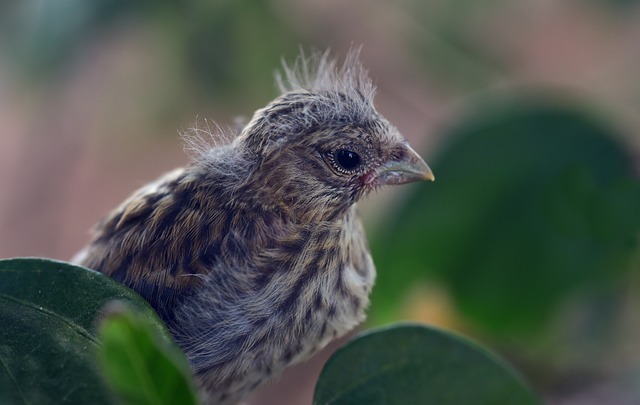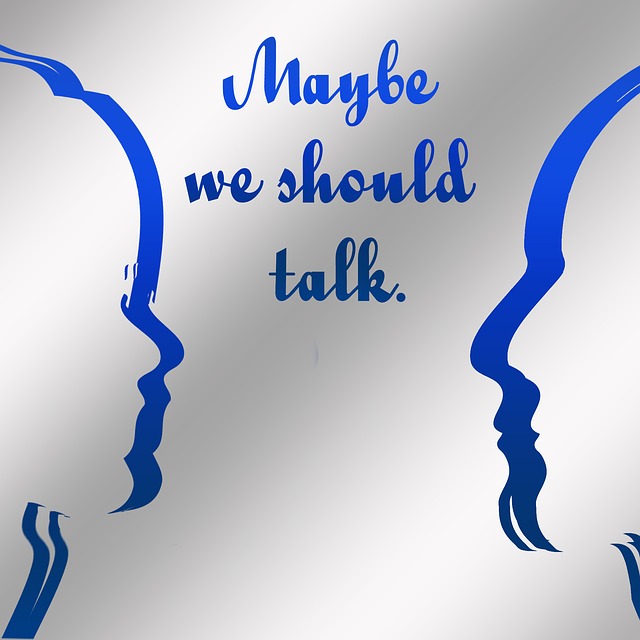Tara Brach provides an extended, profound and thought-provoking talk and meditation on the topic of vulnerability and intimacy. She highlights the fact that our innate tendency to protect ourselves from vulnerability is something that we share with nature. Tara discusses the elaborate defence mechanisms that humans develop to ward off vulnerability and argues that these defences become a barrier to intimacy, creativity and a life lived fully. While it takes courage to let down our defences, the starting point is to deepen our awareness of our own individual defences through meditation and mindfulness.
Vulnerability – our common condition with animals and nature
Tara highlights the fact that experiencing vulnerability is part of our evolutionary condition – a condition we have in common with animals and nature. Cats for example hiss or spit when they are fearful and feel threatened. Hope Ferdowsian in her book, Phoenix Zones, emphasises the vulnerability we share with animals and highlights the need to “value vulnerability”. Joanne Kennell discuses some of the very strange ways plants protect themselves from predators to reduce their vulnerability. One of the more fascinating defence mechanisms is the complex defences created by the Bullhorn acacia tree which Joanne explains “house and feed aggressive ants” that, in turn, protect the plant from anything – plant, animal or fungi – that will threaten the plant.
It is natural for us as humans to feel vulnerable and just as natural for us to develop our own defence mechanisms. Tara points out, though, that what served originally as a productive defence mechanism can soon become an unhealthy habit that proves injurious to us. She mentions self-protecting defences such as pretences (pretending to be what we are not), hiding our feelings such as disappointment (to prevent exposing ourselves and our vulnerability) and withdrawing (physically and/or psychologically).
Our culture reinforces our innate tendency to hide our vulnerability because of the emphasis on being strong, competitive and independent, along with a focus on external things such as looks, dress and status. We want to be seen to be “cool”, “with-it” and confident.
Accessing our vulnerability
To overcome this innate and environmental conditioning to hide our vulnerability requires insight and courage. Tara explains that, because of the extent and depth of our conditioning, willpower alone will not remove our self-sabotaging defence mechanisms. What is needed is a deeper awareness of our individual defence mechanisms, insight into how they impact us and openness to the vulnerability that they hide.
Tara suggests that one way into our defences to achieve “de-armouring” is to answer a number of questions that are summarised below:
- Do I recognise my unique knowledge, skills and experience and am I prepared to use them to help create a better, healthier world?
- Am I aware of the many ways that I protect myself from being vulnerable?
- How do I relate to a sense of vulnerability when it arises in me?
A short meditation practice for accessing vulnerability
Tara offers a short meditation practice (at the 22.30 min mark) that can be undertaken at any point during the day – e.g. when you park your car or while you are walking. The basic process is to “stop and pause” to get in touch with your feelings of vulnerability – an approach you can use to get in contact with your “everyday vulnerability”.
You begin by closing your eyes or looking downwards and using your breath as a pathway to your vulnerability. As you breathe in, ask yourself “What is happening for me now?; In what way am I feeling vulnerable?; “How am I relating to this sense of being vulnerable?” As you breathe out release any physical tension associated with feeling vulnerable and open yourself to your potentiality.
Tara maintains that as we learn to “relate to” vulnerability, rather than “relate from” vulnerability, we are able to free ourselves from the limitations created by these feelings. Part of the power of this process comes from naming our feelings.
As we grow in mindfulness, through meditation and accessing our vulnerability we can become more aware of what makes us feel vulnerable and how we experience and relate to this vulnerability. We can begin to create an openness to being vulnerable and learn to relate to this feeling with understanding and acceptance of what is. This will enable us to move forward more courageously and creatively.
____________________________________________
By Ron Passfield – Copyright (Creative Commons license, Attribution–Non Commercial–No Derivatives)
Image source: courtesy of ulleo on Pixabay
Disclosure: If you purchase a product through this site, I may earn a commission which will help to pay for the site, the associated Meetup group and the resources to support the blog.









